On the Road is a weekday feature spotlighting reader photo submissions.
From the exotic to the familiar, whether you’re traveling or in your own backyard, we would love to see the world through your eyes.
Athenaze and Ariobarzanes
This post continues our travelogue of two through-hikes we made along Hadrian’s Wall. If you haven’t done so already (and if you have the time), we recommend that you read Part 1 for some background and context—but even if you don’t, we hope that you’ll enjoy the following pictures!
Before we get into today’s pictures, we want to acknowledge the amazing people at two organizations. First, the folks at English Heritage, who have done a lot of work since the 1980s to preserve, interpret, and display important sites along and around Hadrian’s Wall. In particular, they painstakingly disassembled many of the in-situ remains of the Wall that still survive and reconstructed them, stone-by-stone, using modern bonding agents. Thanks to their efforts, those remains will hopefully survive intact for centuries yet to come. Second, the people at Natural England, the organization that maintains England’s network of long-distance National Trails, including Hadrian’s Wall Path. Without their hard work, neither of these trips would have been possible.
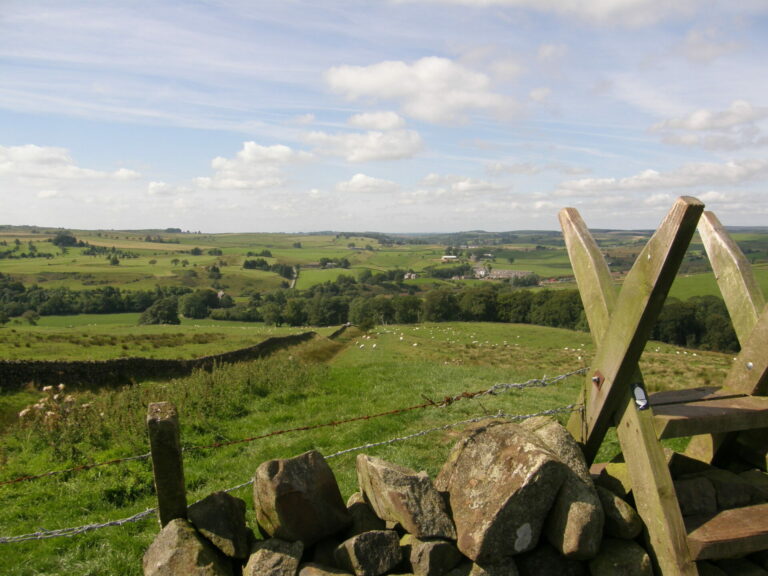

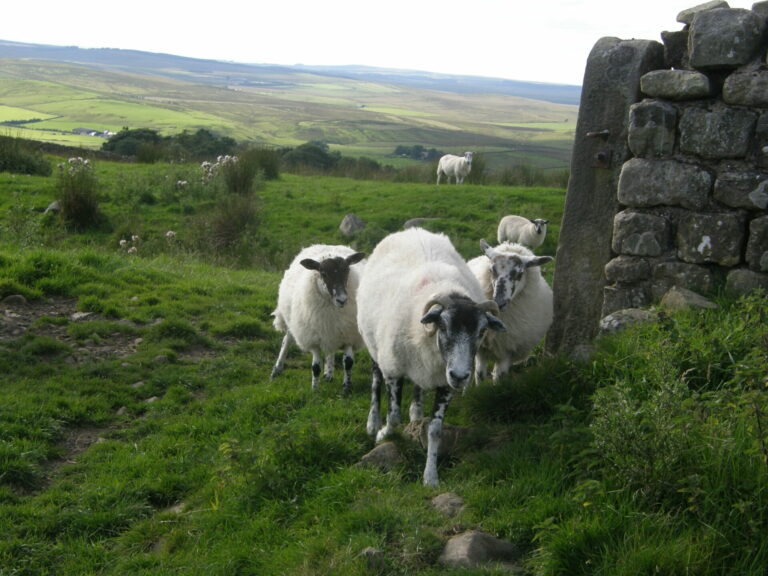

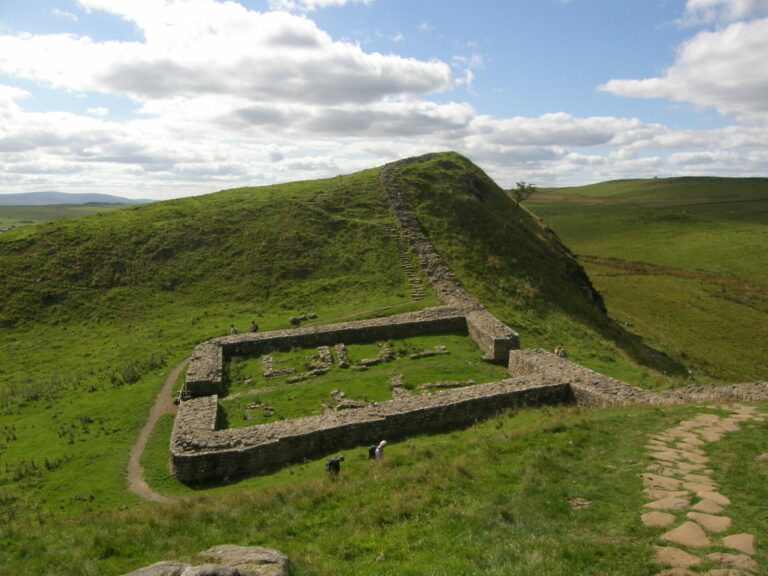

Named after ancient tree that dominates this shot, Sycamore Gap is (or rather, was—see below) the most iconic spot along the wall. Pictures of the gap and its tree have graced countless postcards, pamphlets, and books. It has also appeared in at least one major movie, Robin Hood: Prince of Thieves, in a scene in which Kevin Costner and Morgan Freeman climb the wall beside it. (We hate that scene. This is a rare stretch of Wall that still has original Roman masonry with no reconstruction. We have each spent lots of time yelling at students not to climb on things when we visit archaeological sites, and seeing other people do exactly that drives us absolutely fuc—but we digress; apologies for the interruption.)
Sadly, the sycamore tree you see here (which had been on that spot for at least 300 years) stands no more. On September 28, 2023, one or more vandals took a chainsaw to it and cut it down. At the moment we are writing this (early October, 2023), police have arrested two suspects, both of whom have been released on bail. Forensics experts are working hard to see if they can match traces of lubricating oil left behind on the stump by the chainsaw used to fell the tree to oil sampled from a chainsaw found in the possession of one of the suspects.
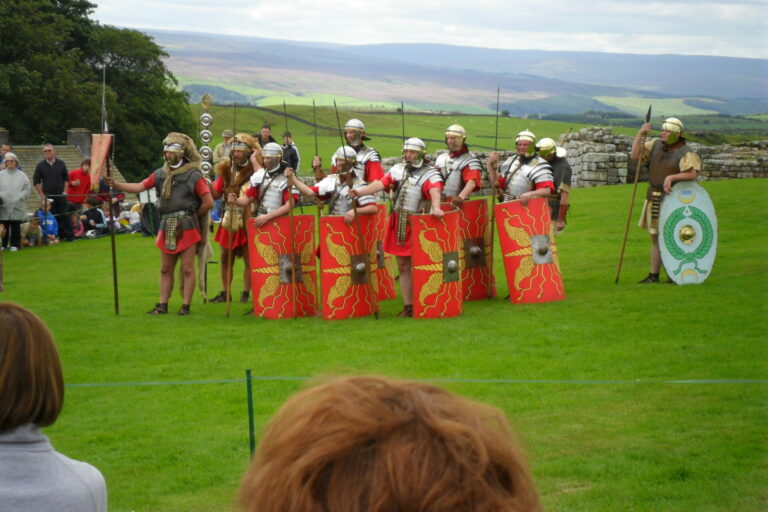
The major Roman fort at Housesteads (probably Vercovicium for the Romans) sits on the wall just before the path reaches the eastern end of the Great Whin Sill. It’s a popular stop for day-trippers, since there are a lot of ruins there and since it gives easy access to some scenic stretches of the trail along the crags. When we straggled into the fort in 2010, footsore and wind-burnt after dealing with 50mph winds, we discovered that the site was hosting its annual “Roman Days”, which feature re-enactments by members of the Ermine Street Guard, the UK’s premier Roman re-enactment group. They do a bunch of interesting demonstrations of period handicrafts, cooking, camp life, and combat. At one point, for instance, they fired off some nerf-like missiles from a replica of a Roman ballista, and then sent all the kids who had gathered to watch off to hunt for the spent missiles in the long grass.
This picture captures a small group of Guard members decked out in full military kit. Most are dressed as members of a citizen legion—the six legionaries with their bright red scuta (shields) and pila (javelins), as well as the two signifers (standard-bearers) with their standards and wolf-skin helmet coverings. The one on the far right is dressed as the member of a non-citizen auxiliary unit. Although soldiers belonging to citizen legions built the wall, the garrisons stationed at forts like Housesteads consisted of non-citizen auxiliary troops drafted by the Romans from various provinces of the empire; in the 130s, for instance, Housesteads was garrisoned by about 1000 Tungrian soldiers from what is now Belgium. Auxiliary soldiers generally signed up for 25-year tours of duty, and if they survived until the end, they could normally expect to receive Roman citizenship.
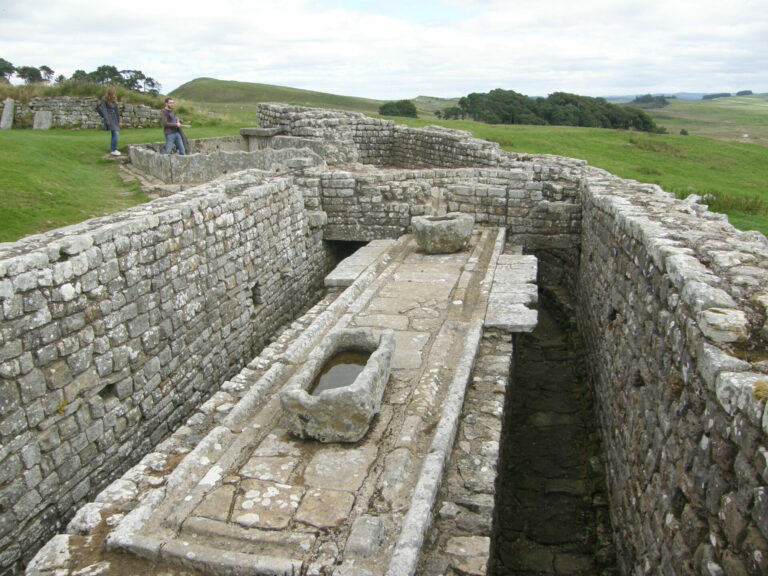
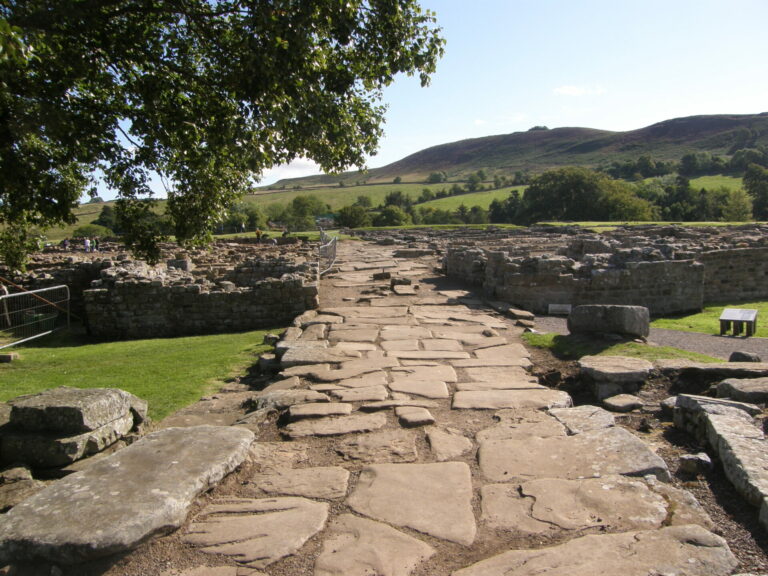
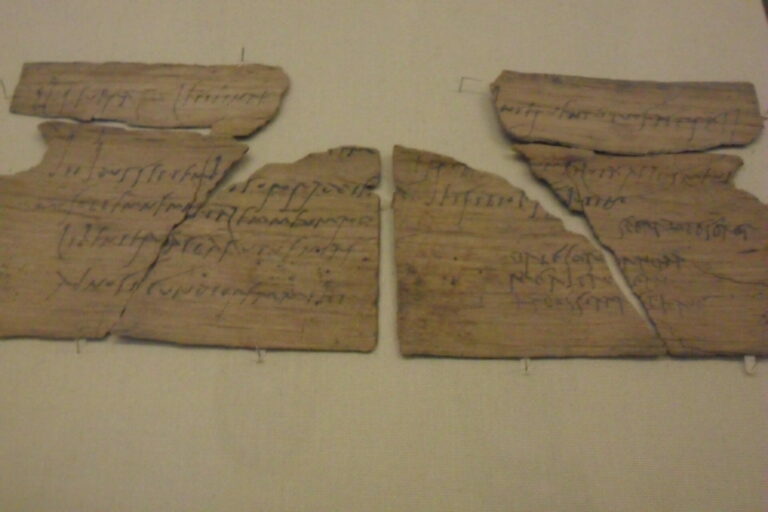

Chris T.
So, just a couple of days a year? 😀
JPL
What a fascinating journey. Thanks for sharing your hike with us.
TedR
Really enjoying these. Thank-you for writing them up!
Re. Stanegate: that name’s a remnant of Viking settlement in northern England. The Norse ‘gata’ means ‘street’. Meanwhile, the Norse ‘barra’ (beam) turned into ‘bar’, meaning a city gate, so the city of York is known as the place where the streets are gates, the gates are bars and the bars are pubs.
AM in NC
Loving all that I am learning in your series. And the photos, of course! Seeing the sycamore here was a gut punch.
Marleedog
What a great walking history tour!
The tree that the English call sycamore is really a maple. Different species than the splotched bark large leaf American sycamore, except the leaves are somewhat similar.
I want to go to England for my summer vacation to be a volunteer archeologist and coax out my inner Indiana Jones.
eclare
Thank you for the photographs and history!
Betsy
I remember going over a stile on my first walk in the English countryside. I had wanted to climb over a stile since I was a little bookish girl!
kalakal
Really enjoying this series, thanks very much! Makes me feel nostalgic 😀
@TedR: A real give away in the UK as to where the vikings hung around is place names ending in -by. Just means place or village/town/city eg Grimsby, Whitby, Formby etc. Still means that in modern Scandanavian languages
StringOnAStick
Thanks for the photos and discussion. Truly, who wants “killed by an angry cow” in their obituary.
The town name origin discussion is interesting too. I read a book about salt once but I can’t remember what the suffix is that indicates a salt mining town; I’ll get someone here knows.
BigJimSlade
Great stuff :-)
stinger
Wonderful tour! Thanks — waiting eagerly for more!
Mj_Oregon
@StringOnAStick: Courtesy of Wikipedia –
“By the eleventh century, the use of -wich in placenames had been extended to include areas associated with salt production. At least nine English towns and cities carry the suffix although only five of them tend to be associated with salt: Droitwich in Worcestershire and the four –wich towns of Middlewich, Nantwich, Northwich and Leftwich in Cheshire.”
billcinsd
I’m a beautiful sycamore
I don’t have to care about anything anymore
https://www.youtube.com/watch?v=UGw_u8rXZrU